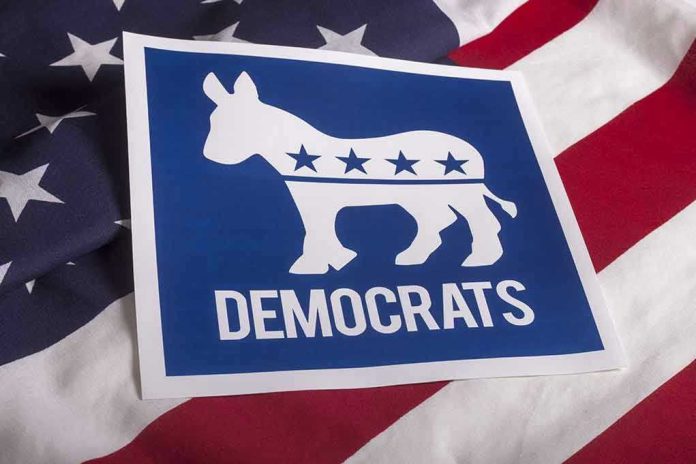
Democratic leaders and leftist media routinely blame conservative rhetoric for violence while completely ignoring their own inflammatory language when perpetrators share their progressive ideology.
Story Highlights
- Multiple shootings from 2017-2025 involved perpetrators with clear leftist or progressive affiliations
- Democratic leaders consistently deflect to gun control when left-wing violence occurs
- Media narratives shift dramatically based on perpetrator’s political background
- Religious institutions and conservative figures increasingly targeted by progressive-influenced attackers
Pattern of Selective Accountability Emerges
A troubling double standard has emerged in how political violence gets analyzed and reported. When James Hodgkinson, a Bernie Sanders volunteer, opened fire on Republican congressmen in 2017, Democratic leaders quickly pivoted away from examining their own heated rhetoric. Similarly, Connor Betts, the 2019 Dayton shooter who described himself as a leftist and Elizabeth Warren supporter, saw his political motivations largely ignored in favor of gun control discussions. This selective accountability undermines genuine efforts to address political violence at its roots.
Targeting Religious and Educational Institutions
Recent attacks reveal an alarming pattern of violence against faith-based communities. The 2023 Nashville Covenant School shooting and the 2024 Annunciation Catholic School attack in Minneapolis both involved transgender perpetrators targeting Christian institutions. Rather than examining potential connections between progressive rhetoric against religious conservatives and these attacks, media coverage focused exclusively on gun access and transgender rights. This approach shields progressive ideology from scrutiny while religious communities face increasing threats.
Trump Assassination Attempts Downplayed
The 2024 assassination attempts against Donald Trump by Thomas Crooks and Ryan Routh, both with Democratic or progressive affiliations, received notably different treatment than violence linked to right-wing perpetrators. Media outlets and Democratic leaders minimized discussions of political motivation, instead emphasizing security failures or mental health issues. This stands in stark contrast to extensive analysis of conservative rhetoric whenever violence can be traced to right-wing sources, revealing a clear bias in how political violence gets contextualized.
Media Narrative Management Exposed
The disparity in coverage extends beyond individual incidents to systematic narrative control. While conservative politicians face intense scrutiny over their language following any violence, progressive leaders rarely confront similar accountability. Maxine Waters’ calls for confrontation, Hillary Clinton’s rhetoric about civility, and Joe Biden’s inflammatory language about political opponents escape the same analytical framework applied to Republican statements. This asymmetrical treatment undermines public trust and prevents honest examination of how political rhetoric influences violence across the ideological spectrum.
If ‘words are violence,’ why won’t the left own theirs? https://t.co/Mvcig6n1fu
— Layne Rushforth (@lrushforth) September 2, 2025
The hypocrisy becomes most apparent when considering how swiftly blame gets assigned based on perpetrator ideology rather than consistent principles about rhetoric and responsibility. This selective outrage not only fails to protect potential victims but actually encourages more polarization by shielding one side from legitimate criticism while weaponizing violence against the other.
Sources:
Examining Extremism: Antifa – CSIS
H.Res.26 – 119th Congress Resolution Text
Demonstrations and Political Violence in America: New Data for Summer 2020 – ACLED
Countering Organized Violence in the United States – Brookings



